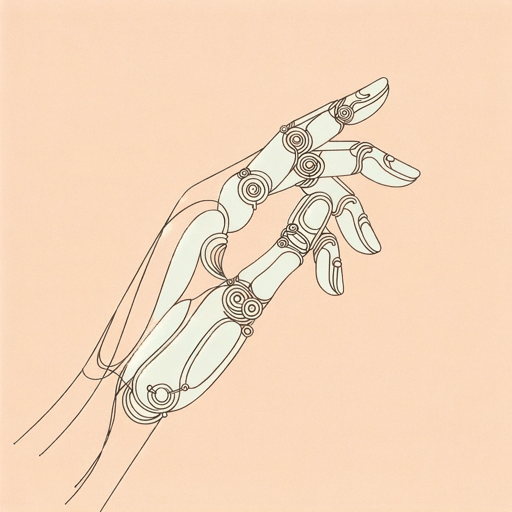70 pages • 2 hours read
Isaac AsimovI, Robot
Fiction | Novel | Adult | Published in 1950A modern alternative to SparkNotes and CliffsNotes, SuperSummary offers high-quality Study Guides with detailed chapter summaries and analysis of major themes, characters, and more. For select classroom titles, we also provide Teaching Guides with discussion and quiz questions to prompt student engagement.
Literary Devices
Positronic Brain as Deus ex Machina
The positronic brain is the computational mechanism that controls every robot in the story. It is not described in any detail except that it is highly complex. Without positronic brains, the robots and their stories are impossible. In real life, there is no such device, but the author’s job, as a writer of speculative fiction, is to anticipate such technological developments in the future and then consider the effects it might have on society.
Thus, the positronic brain is a deus ex machina, a “god outside the mechanism” that arbitrarily reaches into human history and changes it. This is a standard literary device when an author needs something to happen that will move a plot forward. It is perfectly legitimate—writers through the ages have invoked arbitrary “what ifs” to launch or redirect plot lines—and it is expected in a work of sci-fi. Positronic brains thus serve as placeholders for a futuristic technology that, in some form or another, is likely to appear one day and overturn much of human culture. The stories in I, Robot look at the implications of such a technology and how humans might address them in the future.
The book itself makes sly reference to its own device.
Related Titles
By Isaac Asimov
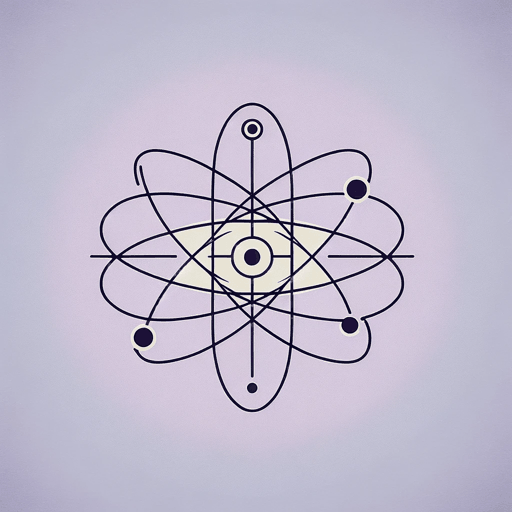
Foundation
Isaac Asimov

Foundation and Empire
Isaac Asimov

Rain, Rain, Go Away
Isaac Asimov
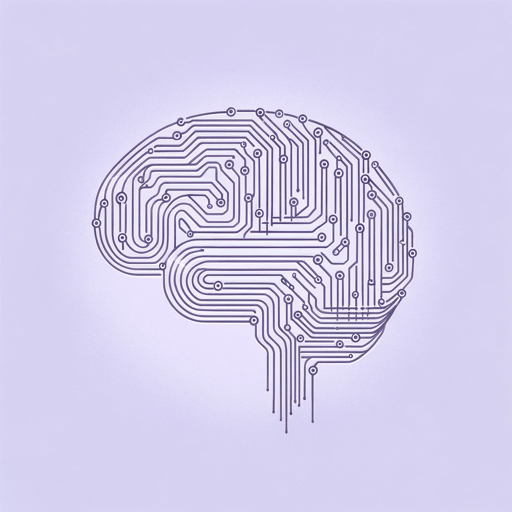
Robot Dreams
Isaac Asimov
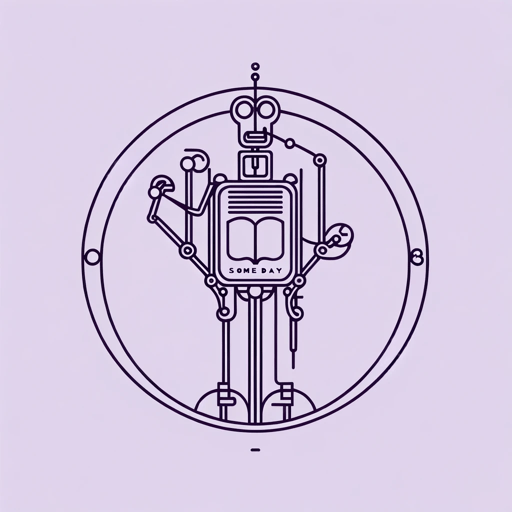
Someday
Isaac Asimov

The Caves of Steel
Isaac Asimov
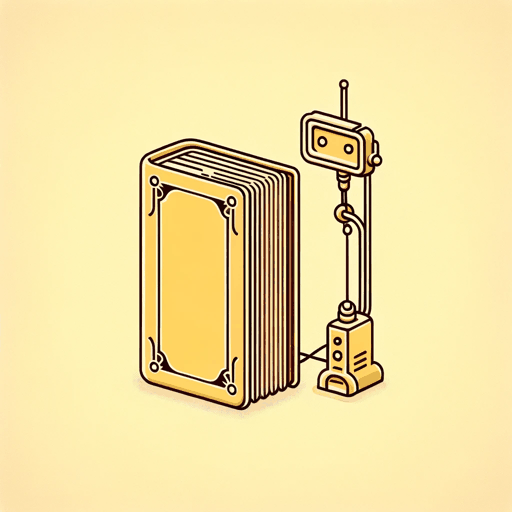
The Fun They Had
Isaac Asimov

The Gods Themselves
Isaac Asimov
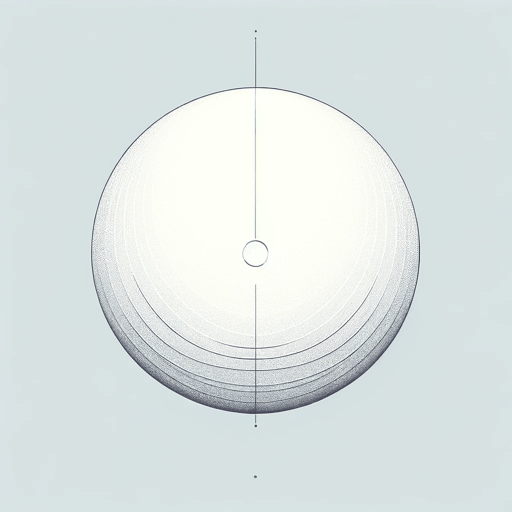
The Last Question
Isaac Asimov

The Ugly Little Boy
Isaac Asimov
